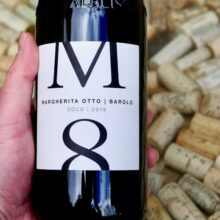
Product information
Margherita Otto ‘M8’ Barolo MAGNUM 2018
Nebbiolo from Serralunga d'Alba, Monforte d'Alba, Castiglione Falletto, Barolo (sub-region), Barolo, Piedmont, Italy
$555
Description
“Lustrous mid ruby with orange tinges. Lifted, perfumed red fruit of great appeal with complex, minty oak notes. A mouthful of juicy cherry fruit with supple acidity and fantastic, crunchy tannins. Freshness and bite combined with elegance. Hugely appealing.”
Walter Speller, Jancis
Only 1 left in stock

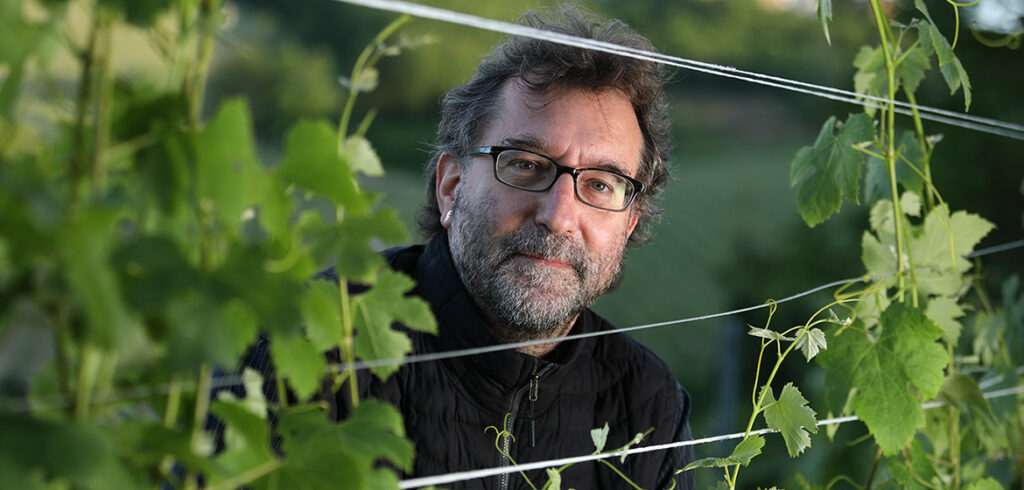
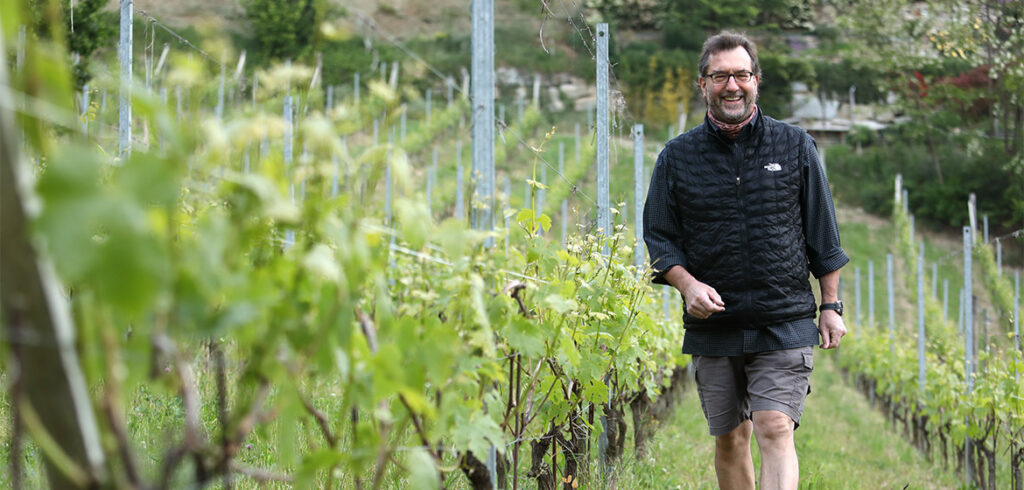
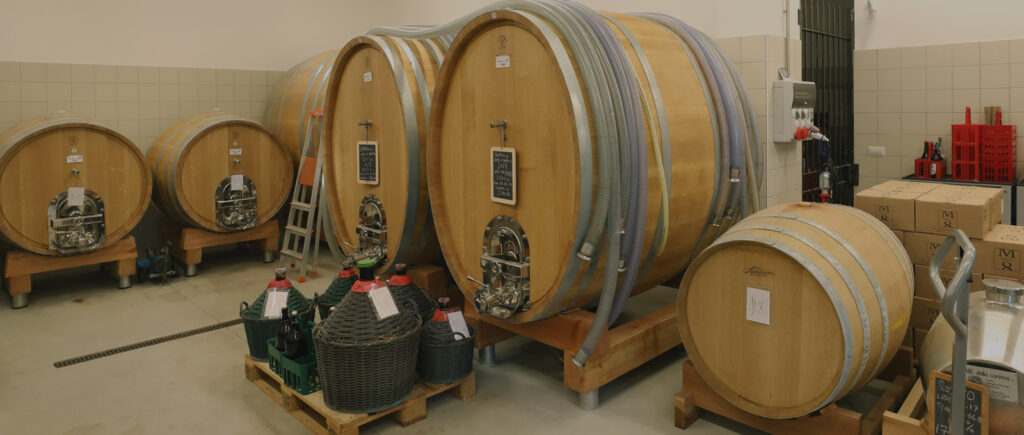
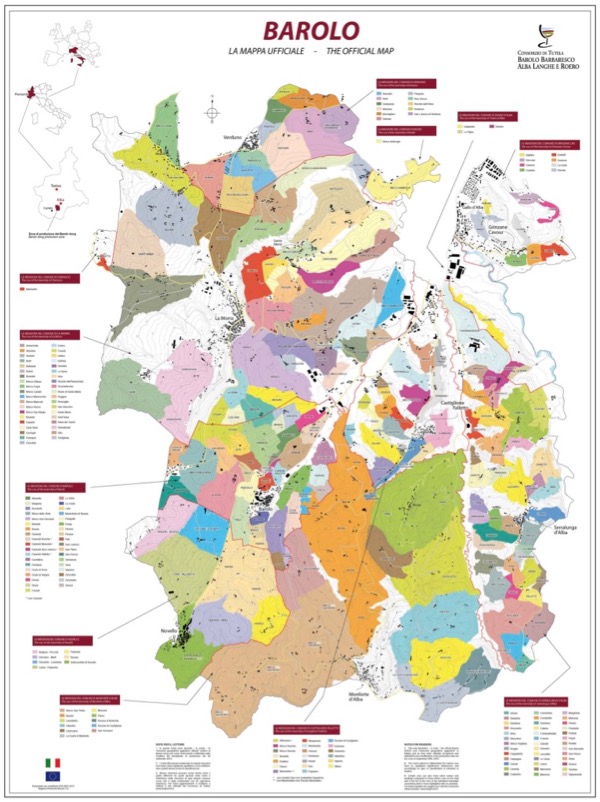
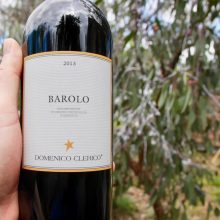
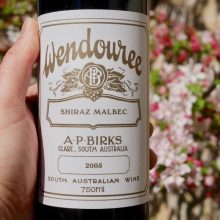
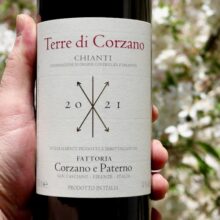
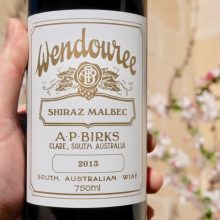
You must be logged in to post a comment.